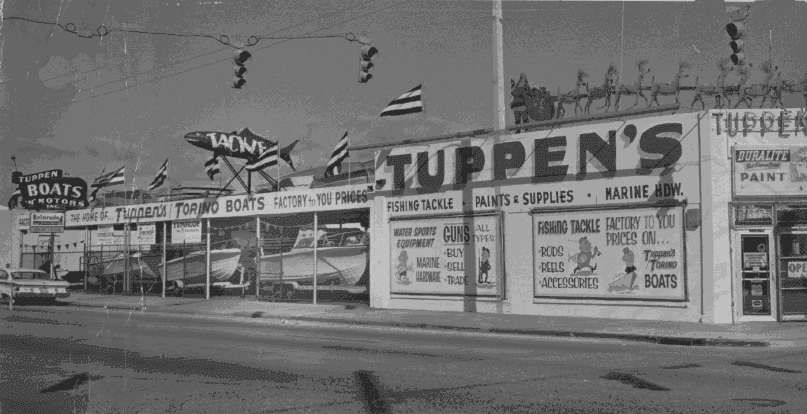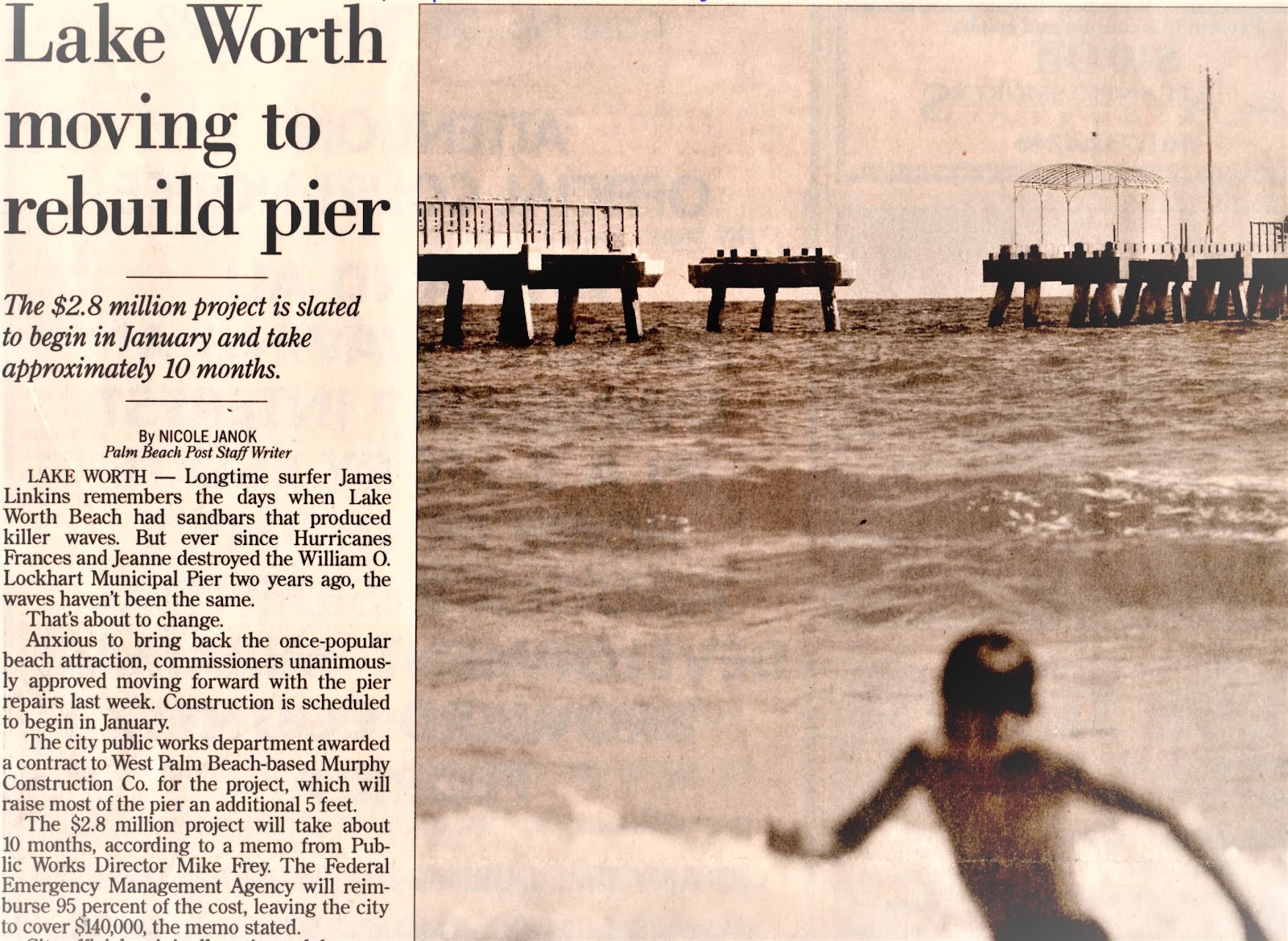The General Theory of Walkability explains how, to be favored, a walk has to satisfy four main conditions: it must be useful, safe, comfortable, and interesting. Each of these qualities is essential and none alone is sufficient. Useful means that most aspects of daily life are located close at hand and organized in a way that walking serves them well. Safe means that the street has been designed to give pedestrians a fighting chance against being hit by automobiles; they must not only be safe but feel safe, which is even tougher to satisfy. Comfortable means that buildings and landscape shape urban streets into “outdoor living rooms,” in contrast to wide- open spaces, which usually fail to attract pedestrians. Interesting means that sidewalks are lined by unique buildings with friendly faces and that signs of humanity abound.
Strangely, it does not address the health and well-being of Carolyn Deli's dogs and the adequacy of their breakfast time on her porch. Surely an oversight.





